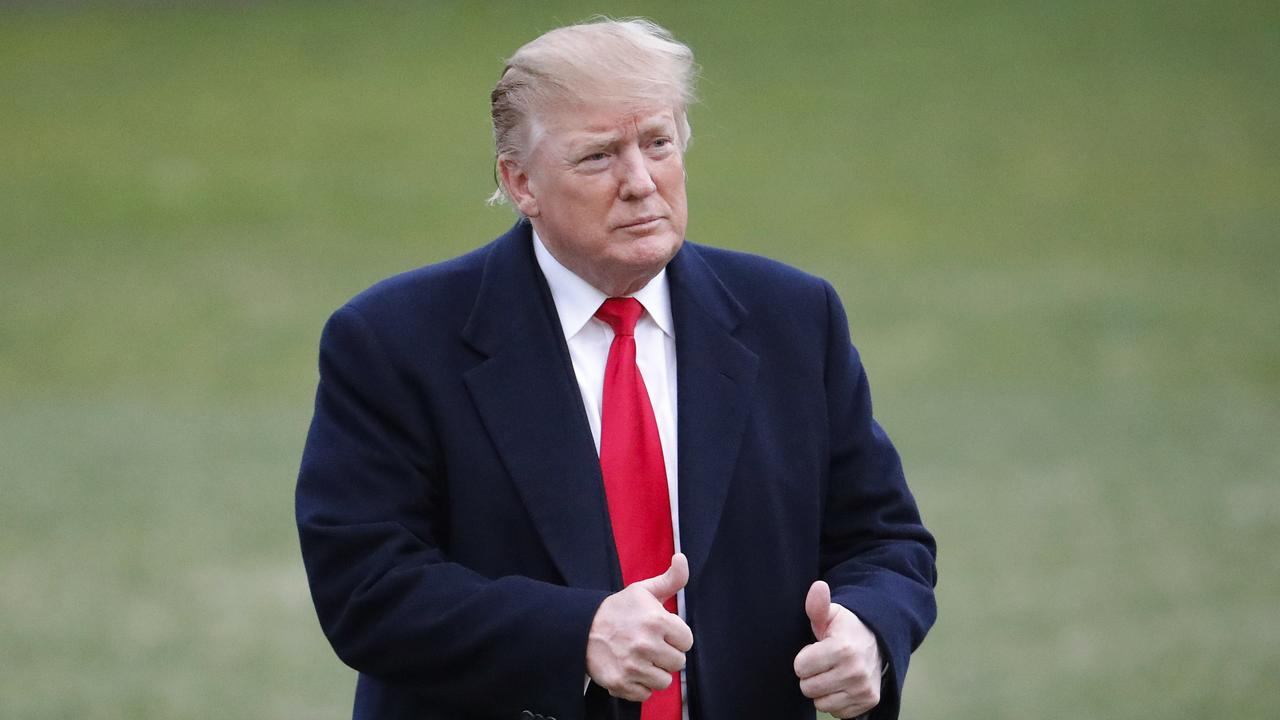
The truth about the submarine program is that a careful evaluation process conducted by experienced submariners led to a sensible outcome based on delivering what the navy actually needs. How boring is that?
Contrast that with much of the hysterical commentary following the announcement: the wrong boat was picked; we should have “gone nuclear”; the US won’t co-operate with us; the Japan relationship is in ruins; the French may not help us in a war against China; the build is too expensive and in the wrong place; and, anyway, we won’t be able to crew the subs.
It’s gleefully said this will produce a second-rate submarine — an unworthy successor to the Collins-class boats that everyone knows are noisy “dud subs”, lemons, underwater rock bands …
There’s a desperate need to refute this baloney, but so far from the government we have a 13 paragraph news release and a handful of media appearances. Just days after announcing the biggest defence acquisition in Australia’s history, the circus has moved on.
Let’s take a closer look at some of these assertions.
Should we have opted for nuclear propulsion? It’s an attractive idea because the practically inexhaustible energy of a nuclear reactor would give our subs the vast range and endurance they need.
But we simply are not ready to adopt the technology. There is no cadre of nuclear engineers in the navy and very few anywhere in the country. There is no nuclear safety regime or infrastructure in place, no training arrangements, no deep relationship with the American nuclear system.
America’s nuclear submarine capability is its most prized national security asset. The US is not about to hand over the keys to a Virginia-class attack submarine even if it were available, which it is not.
Australia could choose to build up to a nuclear capability. It would take a hefty investment in training and a long-term agreement with the US, Britain or France to establish a trusted nuclear relationship. In time we might be in a position to take on nuclear propulsion, but not now.
Is the US disappointed we didn’t pick Japan as the sub designer? Some areas of the US military like the idea of a closer US-Japan-Australia relationship, but that three-way connection is emerging anyway because of shared strategic interests. The closeness isn’t driven by Australia and Japan having similar submarines.
In my experience, the overwhelming American desire is for Australia to have a submarine that works, is compatible with American weapons and communications, and that we are capable of operating it. That will make for closer military co-operation in the Pacific.
Washington won’t refuse to co-operate with the French. France is one of the US’s closest allies in NATO. The British and French are jointly operating an aircraft carrier requiring the closest military co-operation possible. France is one of the most effective Western allies in the Middle East and North Africa, and on counter-terrorism.
Similarly, the US won’t refuse to supply its combat management system because Paris might copy and sell the technology.
All countries guard key military technology. For example, the US won’t give Australia access to computer source codes that are critical to the operation of our combat aircraft. The technology arrives in tamper-proof black boxes and we fly the jets anyway.
If the US had said it wouldn’t supply the submarine’s combat management system, the French deal wouldn’t have gone ahead. So the US will supply the system, and all three countries will protect their intellectual property. This is routine defence business.
The Australia-Japan relationship isn’t in ruins. The relationship is crucial and we shouldn’t have allowed a competition for a defence contract to have loomed so large. But the hurt is reparable because the underlying strategic reason Australia and Japan are getting closer stays in place. It’s Canberra’s job to apply some care to the relationship because we prodded Tokyo to front up for the submarine deal, then turned it into a competition that, rightly, had to be judged on the technical merits of the bids.
It’s surely worth Malcolm Turnbull’s time to visit Japanese Prime Minister Shinzo Abe to explain our position in person, with an agenda for closer defence co-operation tucked under his arm for a quick agreement.
As to whether the French would refuse to supply Australia with submarine components if we found ourselves in a war with China, the entire world would be pressed in that dire situation. The same question could be asked of the Germans or the Japanese had they won the deal. Frankly, the whole Australian Defence Force relies on international supply chains, as do all modern militaries. Managing the stocks we need is our problem to fix.
It’s not preordained that we’ll pay an unacceptable premium to build in Australia. Done right, a domestic sub build should involve little or no added cost. For example, the Anzac frigate program started with expectations of a 20 per cent premium for local build but ended with none. It’s the responsibility of the designer, builder, the navy and the commonwealth to run the program in a way that constrains costs. No one said this was easy.
Recruiting the numbers needed to operate 12 boats is simply a function of management, money and priority. Crewing for the Collins subs suffered in the early 2000s because they lacked all three. The new subs will be one of the most advanced military capabilities in the ADF. That cachet — and cash — will get recruits through the door.
For odd historical reasons, Australians seem to take delight in rubbishing their military capabilities. Years before a hull hits the water, the same Greek chorus has started its dirge about the new submarines. The government needs to do a better job of explaining the decision it has just taken. The submarine choice is the right outcome and, with hard work, we can produce exactly the military capability we need.
Peter Jennings is executive director of the Australian Strategic Policy Institute.



